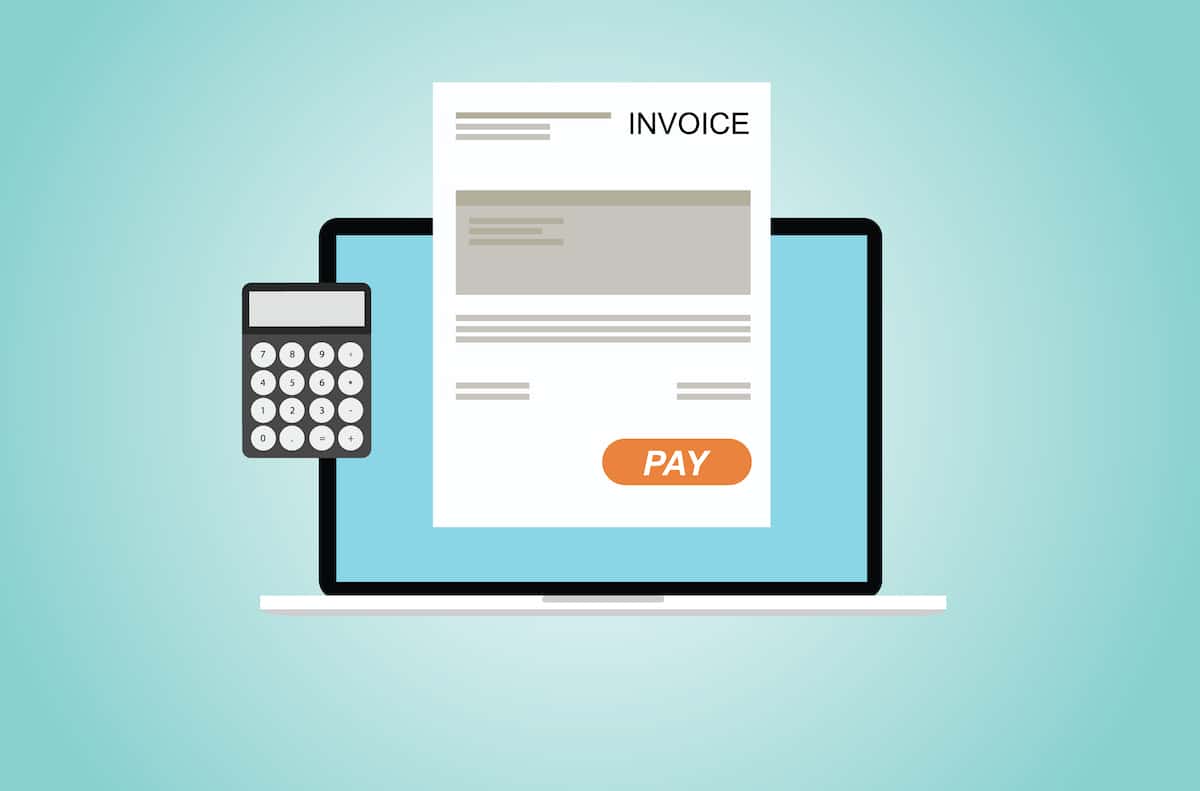How to Make Your Invoices Look Professional

Estimated reading time: 5 minutes
Table of contents
Knowing how to design and curate a professional invoice is a skill that everyone needs these days. Invoices are crucial to any business operation, whether you’re a freelancer, a start-up, or a big corporation.
Serving as proof of rendered services or delivered goods, invoices allow both parties to keep track of what’s owed. However, many people still struggle to create invoices that look and feel professional.
According to a 2021 study, as many as 54% of invoices arrive later than the stipulated date. Late payments can cripple small businesses or independent freelancers, as every payment can mean the difference between financial ruin and breaking even.
One of the biggest reasons for late or unpaid invoices is the lack of proper instructions or information. In this article, we will look at the most important elements of a professional invoice. We’ll also explain how to create one in a way that gets you paid on time, every time.
State the Facts
When it comes to designing a killer invoice, you want to make sure that all the facts are accurate, present, and easy to understand. These are the main points of interest that every professional invoice should contain:
- Who the invoice is from (your name or your business)
- Who the invoice is addressed to
- What goods or services were provided
- The dates on which those goods or services were provided
- How much is owed for those goods or services
- Your updated bank details or payment information
Together, this information will make up the bare minimum of what your invoice needs to state. The accuracy of each one is vital to the validity of the document. So, make sure you get them right!
Address the Right Person
Whether you are billing an individual person or an entire company, you should always list the full name or title of whoever owes you payment.
When addressing an invoice, some common mistakes include sending it to the wrong person, or sending it to too many people. If the party that owes you money sees the wrong title on your invoice, the chances of them bypassing it are high.
Make sure your invoice is always addressed to the correct person or organization. This way, they immediately understand the request and can act on it.
List Your Services and Costs Clearly
The recipient of your invoice has a right to know exactly what they are paying for and why. Chances are, you’ve already had a discussion about the estimated costs beforehand. Reiterating the finer details adds an extra layer of clarity and professionalism.
In as simple a manner as possible, make sure to list your exact services and costs so that the recipient clearly understands what they are paying you for. This is a crucial element of any professional invoice that will put both parties comfortably on the same page.
Add a Notes Section
Adding a small “notes” section to your invoice gives you a space to mention any shifts or alterations that may have happened along the way.
For example, you may offer a discount price for bulk orders that the client does not know about. Adding information about that discount will offer an explanation for the reduced overall cost.
Any changes or alterations to the originally agreed-upon exchange must appear in your invoice, which is why a “notes” section is so useful to include. It’s also a good way to stay in touch with customers, even if you just add a personalized thank you note.
Provide More Than One Payment Option
In this day and age, there’s more than just one way to make a payment. You’ve got electronic bank transfers, PayPal, cryptocurrencies, and the traditional cheque via mail.
If your invoice only lists one payment option, you may impose a limitation for the recipient and wait even longer before you get paid. Even though setting up different payment channels might seem tedious, having them available will save you lots of trouble later on.
You don’t need to have all the above options available. But adding two or three payment options to your invoices will make you appear more flexible and professional.
Incentivize Timely Payments
If you’re worried about clients not paying you on time, put measures in place that reward them for early payments or charge them for late payments.
Decide on a specific time frame for how early you consider early enough, and how late you consider too late. It could be anywhere between a few days to several weeks. Just make sure you give neither yourself nor the client too much leeway.
Mention this clause to your clients well before you send the invoice. This gives them the option to prepare payment in advance to benefit from your terms.
Also, expect to hear some complaints from clients that tend to err on the side of lateness. This tactic may cause irritation for unpunctual clients.
Send Your Invoices Promptly
One way to send a clear message of efficiency and professionalism is to be unflinchingly prompt with sending your invoices. Instead of waiting around, send your invoices as soon as an official business agreement concludes.
By sending your invoices promptly, you can set the tone for future business interactions with clients. You can rest assured that if anyone lacks professionalism, it certainly won’t be you!
The Key Takeaway – Keep It Clear and Simple
Ultimately, what your clients want from an invoice is for it to be accurate, straightforward, and easy to understand. Don’t waste your time overthinking which colors and fonts to pick. Focus your attention on the factual accuracy of the information and relevance to any prior agreements.
That said, it can be nice to add a personalized flair to the layout of your invoice. But don’t overcomplicate it. As soon as your invoice starts looking like a birthday party invitation, you know you’ve gone too far.
Go for a simple outline that clearly showcases the relevant information while pertaining to the tone of your business stance and personality. If you’re struggling to get this balance right, you can always download an invoice template that specifically relates to your business type.
Demonstrate professionalism in the form of simplicity and elegance rather than excitement, and your clients will know that you mean business.







